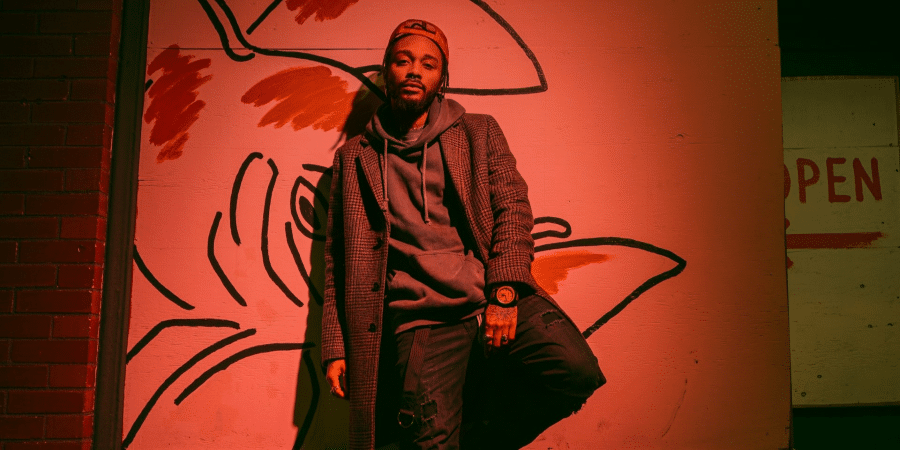Clothing as a Political Statement
Fashion has long been more than fabric and design. For many communities, it has served as a visible declaration of identity, resistance, and solidarity. In the United States, Black activists have consistently used clothing to communicate messages that extend beyond style, transforming garments into tools of protest.
The Black Panthers of the 1960s and 1970s are one of the most recognized examples. Their black leather jackets, berets, and sunglasses were not chosen by chance. These items projected unity, discipline, and defiance in the face of systemic oppression. According to Ebony, Black women in particular used fashion to assert dignity and strength, blending activism with personal style.
This tradition continues today. From T‑shirts bearing slogans like “Black Lives Matter” to hoodies worn in remembrance of Trayvon Martin, clothing remains a way to express solidarity and demand justice. Each garment carries meaning, reminding both wearers and observers that fashion can be a form of political language.
The Black Panthers and the Power of Uniformity
The Black Panther Party understood the importance of visual identity. Their uniforms were designed to create a sense of collective strength. The leather jackets and berets became instantly recognizable symbols of resistance, signaling both pride and readiness to confront injustice.
Uniformity also helped counter stereotypes. By presenting themselves in coordinated attire, members projected discipline and seriousness. This visual strategy challenged mainstream portrayals of Black activists as disorganized or threatening. Instead, their clothing conveyed authority and purpose.
As Ayerhs Magazine notes, fashion has always been part of political movements, from civil rights marches to global protests. The Panthers’ use of clothing demonstrated how garments could unify individuals while amplifying their message to the wider public.
Fashion in the Civil Rights Era
Even before the Panthers, clothing played a role in the civil rights movement. Marchers often wore their Sunday best—suits, dresses, and polished shoes—as a deliberate choice. This attire projected dignity and respectability, countering racist stereotypes and reinforcing the seriousness of their demands.
The decision to dress formally was not about vanity. It was a calculated strategy to influence public perception. Images of well‑dressed protesters facing violence highlighted the injustice of segregation and discrimination. Clothing became part of the movement’s moral argument.
This approach showed how fashion could be used to shape narratives. By controlling their appearance, activists controlled how their struggle was represented, ensuring that their message reached audiences with clarity and impact.
Modern Protest Wear and the Black Lives Matter Movement
In the 21st century, protest fashion has shifted from formal attire to casual, accessible garments like T‑shirts and hoodies. These items are affordable, easy to reproduce, and widely worn, making them effective tools for spreading messages.
The hoodie, in particular, became a symbol after the killing of Trayvon Martin in 2012. Protesters wore hoodies to highlight racial profiling and injustice, transforming an everyday garment into a statement of solidarity. Similarly, “Black Lives Matter” T‑shirts have become a global symbol of resistance, worn at marches, concerts, and even in legislative chambers.
As Gazetta Style reports, protest wear has moved from the margins to the mainstream, influencing designers and shaping fashion collections. What began as grassroots expression now appears on runways, showing how activism and style continue to intersect.
The Role of Black Women in Protest Fashion
Black women have played a central role in shaping protest fashion. From the Panthers’ female members who combined leather jackets with natural hairstyles, to contemporary activists who use clothing to challenge beauty standards, women have consistently used fashion as a form of empowerment.
Ebony highlights how Black women’s style choices often carried layered meanings. Wearing natural hair, for example, was both a personal decision and a political act, rejecting Eurocentric beauty norms. Clothing and hairstyles became intertwined symbols of resistance and pride.
Today, Black women continue to lead in protest fashion, whether through designing statement pieces, organizing fashion‑based activism, or simply choosing attire that reflects both identity and defiance. Their contributions ensure that protest fashion remains dynamic and inclusive.
Fashion as a Bridge Between Protest and Mainstream Culture
Over time, protest fashion has influenced mainstream culture. Items once associated with activism—such as the leather jacket or slogan T‑shirt—are now common in everyday wardrobes. This shift demonstrates how protest fashion can move from the streets to the broader culture, carrying its messages along the way.
Designers have also drawn inspiration from protest movements. Collections featuring bold slogans, graffiti‑inspired prints, and references to social justice show how activism shapes fashion trends. While this raises questions about commercialization, it also reflects the enduring impact of protest fashion.
By entering mainstream culture, protest fashion ensures that its messages reach wider audiences. Even when stripped of their original context, these garments remind people of the struggles and movements that inspired them.
Outlook for Fashion as Protest
Fashion will likely remain a tool of protest as long as clothing continues to serve as a visible marker of identity. The accessibility of garments like T‑shirts and hoodies ensures that individuals can participate in activism without needing specialized resources.
Future movements may incorporate digital elements, such as QR codes on clothing that link to resources or campaigns. But the core idea will remain the same: clothing as a way to communicate values, resist injustice, and build solidarity.
From the Black Panthers’ leather jackets to Black Lives Matter tees, fashion has consistently provided a way to wear one’s beliefs. It is both personal and collective, a reminder that what people wear can carry meaning far beyond style.








